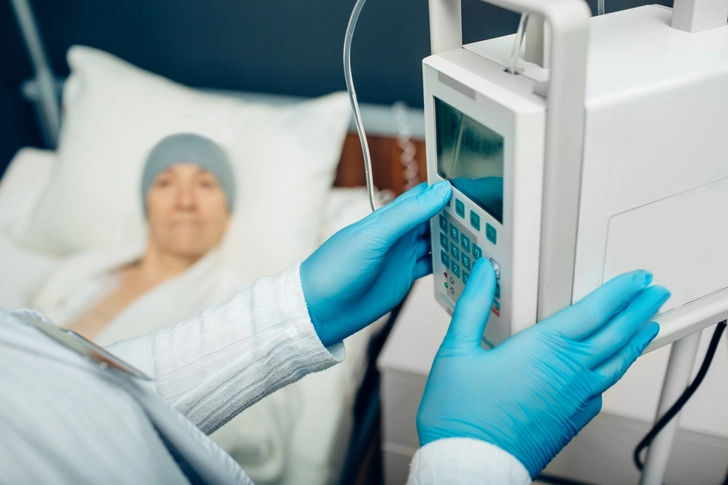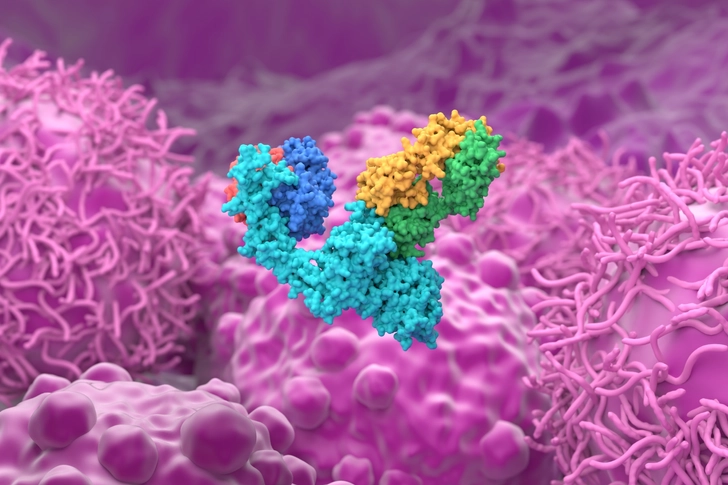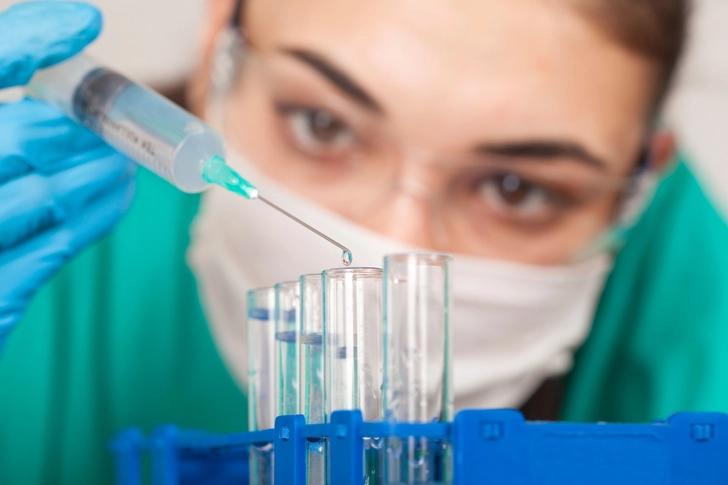- Overview
- Symptoms
- Risks, Prevention & Screening
- Tests & Diagnosis
- Types
- Your Breast Cancer Care Team
- Treatment
- Living With Breast Cancer
- Remission & Recurrence
- Advanced Breast Cancer
- Support & Resources
- Appointment Prep
- View Full Guide
How to Think About Survival Rates


How to Think About Survival Rates
If you or someone you love has HER2-positive (HER2+) breast cancer, you'll have a lot of questions. What will treatment look like? Will doctors be able to cure the cancer? Remember, the numbers you'll find online are averages based on many women who have had breast cancer. Because everyone is different, they can't tell you what will happen to you or any woman.

What Affects Survival Rates?
The chance of a cure or putting the disease into remission depends a lot on how advanced the cancer is when treatment starts, as well as your age and overall health. Experts consider HER2+ breast cancer to be more aggressive than some other breast cancers. That means it may grow faster without treatment. But treatment for HER2+ breast cancer has improved, so the outlook is likely better than what some of the numbers show.

Relative Survival Rates for Breast Cancer
The National Cancer Institute gives five-year relative survival rates for breast cancer based on how far the disease has spread.
- Localized (cancer is confined to one breast): 99%
- Regional (cancer has spread to nearby lymph nodes): 86.7%
- Distant (cancer has moved to other parts of the body): 32%
- Unknown stage: 69.7%
- All stages: 90%
While these numbers can give you a general idea, they are an average for women with any type of breast cancer. They aren't specific to the HER2+ type.

Understanding HER2+ Status and Survival
Doctors use three markers to help define breast cancers and guide treatment. One of those is the HER2 protein. The other two are hormone receptors (HRs). A recent study looked at the National Cancer Institute data to see if there were differences in survival rates for women based on these markers. The study found that five-year survival rates are as follows:
- HR+/HER2−: 95.1%
- HR+/HER2+: 91.5%
- HR−/HER2+: 85.7%
- HR−/HER2−: 78.0%

Targeted Therapies
Drugs such as trastuzumab, pertuzumab, and T-DM1 specifically target HER2 proteins to slow or stop cancer growth. These treatments have significantly improved survival rates across all stages of HER2+ breast cancer. For instance, trastuzumab has been shown to reduce the risk of recurrence by 40% in early-stage HER2+ breast cancer.

Ongoing Research and New Treatments
Research on HER2+ breast cancer treatment is ongoing, with new therapies continually being developed. Clinical trials are exploring combinations of existing drugs and testing new targeted therapies. These advancements offer hope for even better outcomes in the future.
PHOTO CREDITS:
Slide 1 - Jack_the_sparow/Shutterstock
Slide 2 - NMK-Studio/Shutterstock
Slide 3 - Peakstock/Shutterstock
Slide 4 - Andrei_R/Shutterstock
Slide 5 - Nemes Laszlo/Shutterstock
Slide 6 - izzet ugutmen/Shutterstock
SOURCES:
American Cancer Society: "Survival Rates for Breast Cancer," "Targeted Therapy for Breast Cancer."
Mayo Clinic: "HER2-positive breast cancer: What is it?" "Cancer survival rate: What it means for your prognosis."
The Asco Post: "Management of HER2-Positive Breast Cancer: Business as Usual?"
National Cancer Institute Surveillance, Epidemiology, and End Results Program: "Cancer Stat Facts: Female Breast Cancer."
Cancer Epidemiology, Biomarkers, and Prevention: "Differences in Breast Cancer Survival by Molecular Subtypes in the United States."